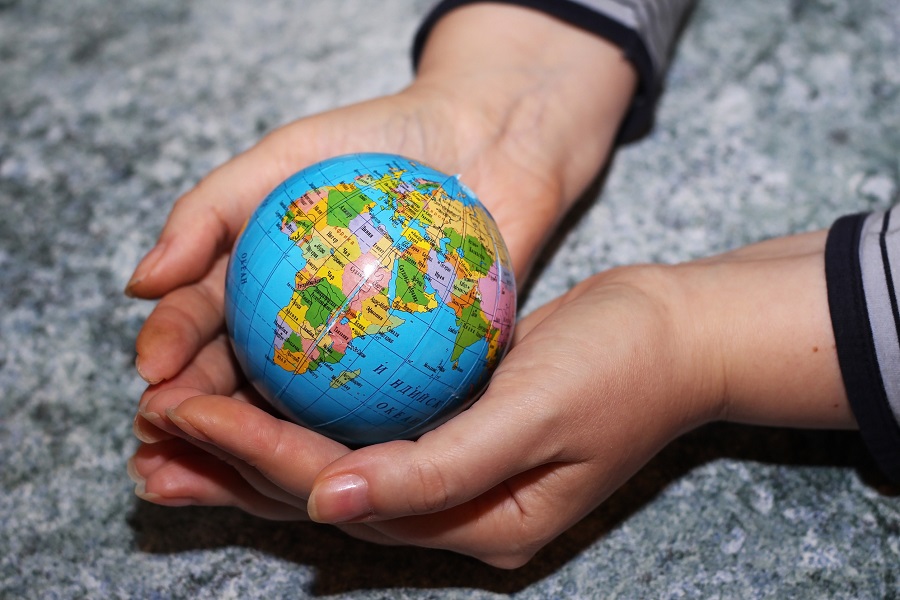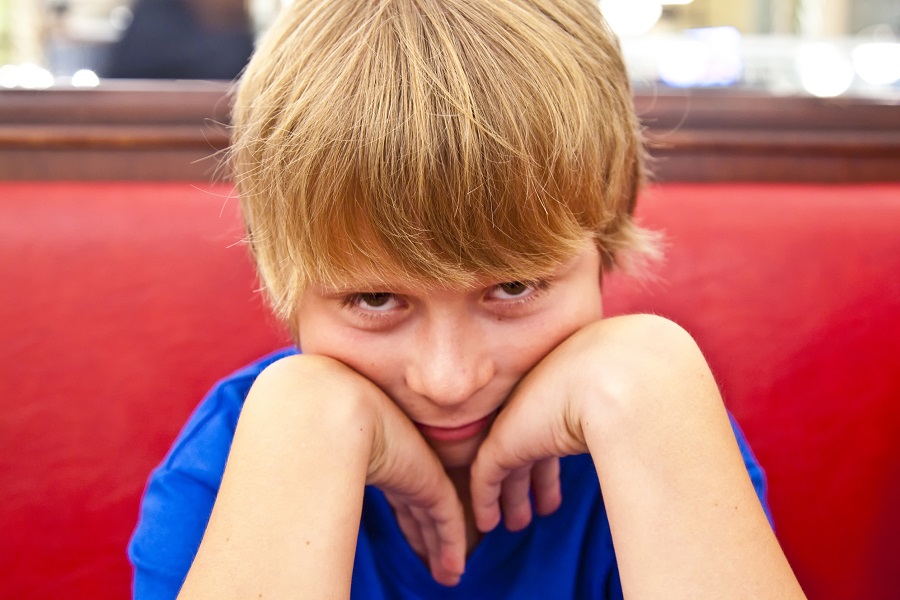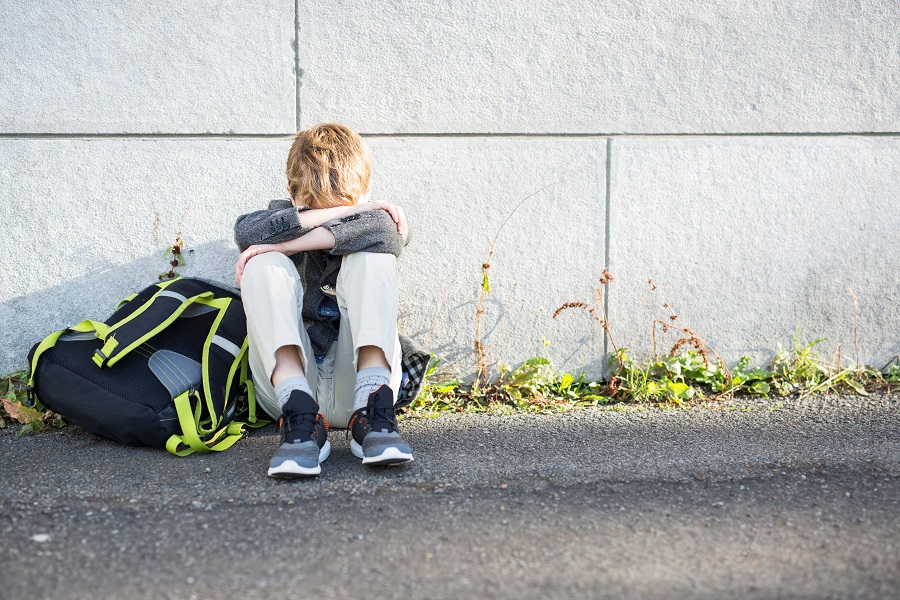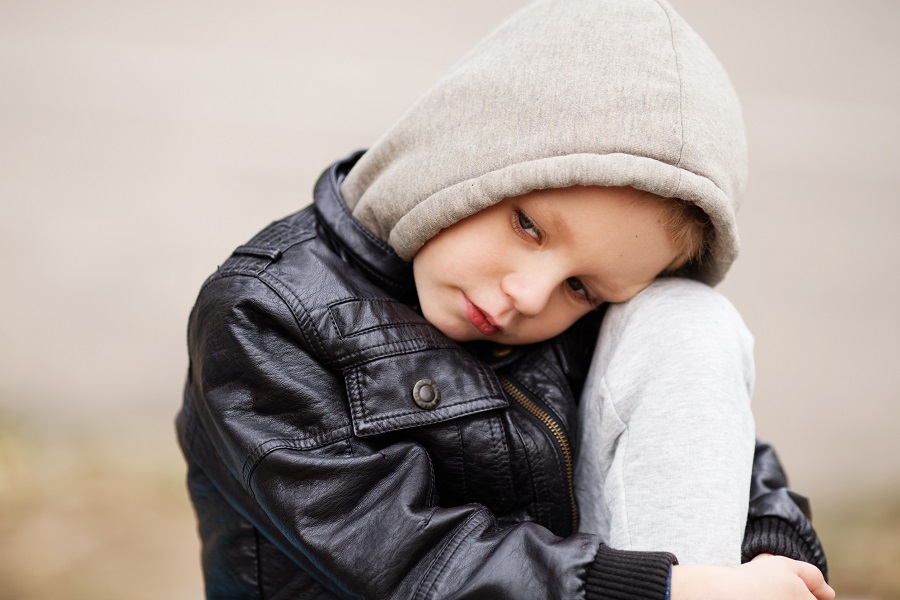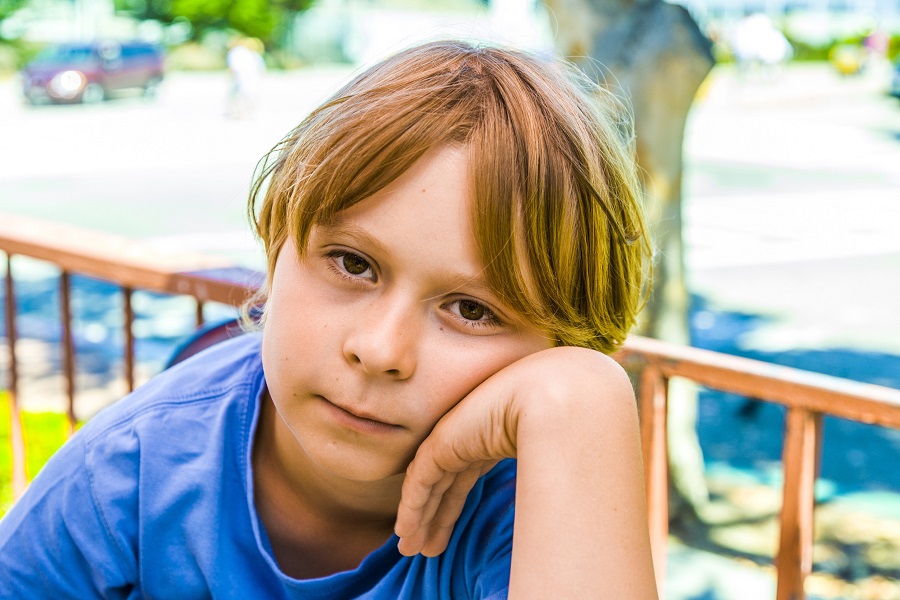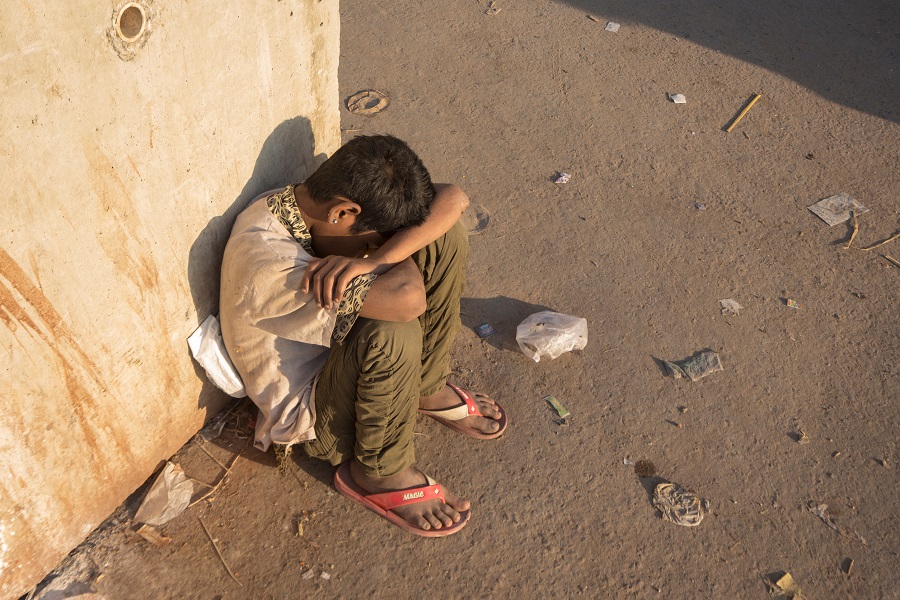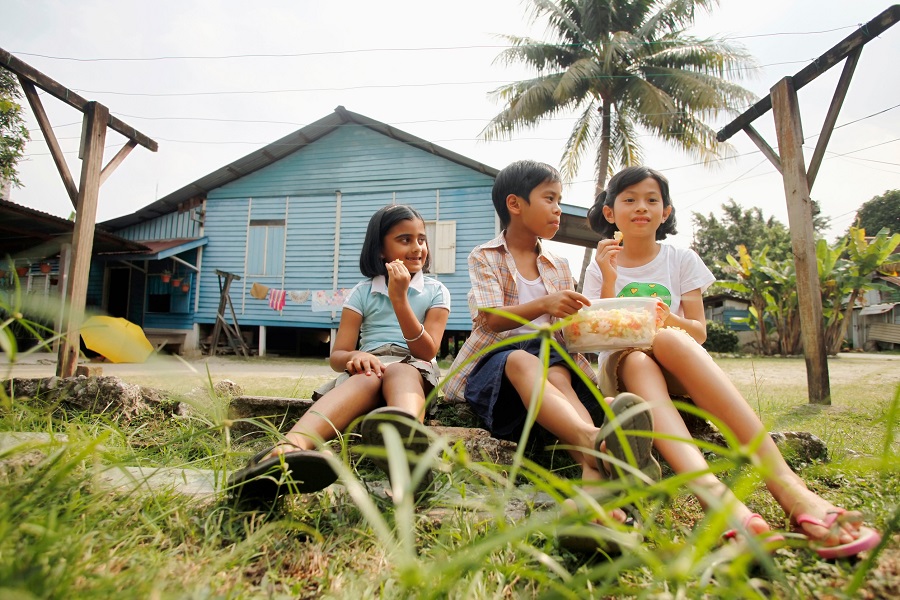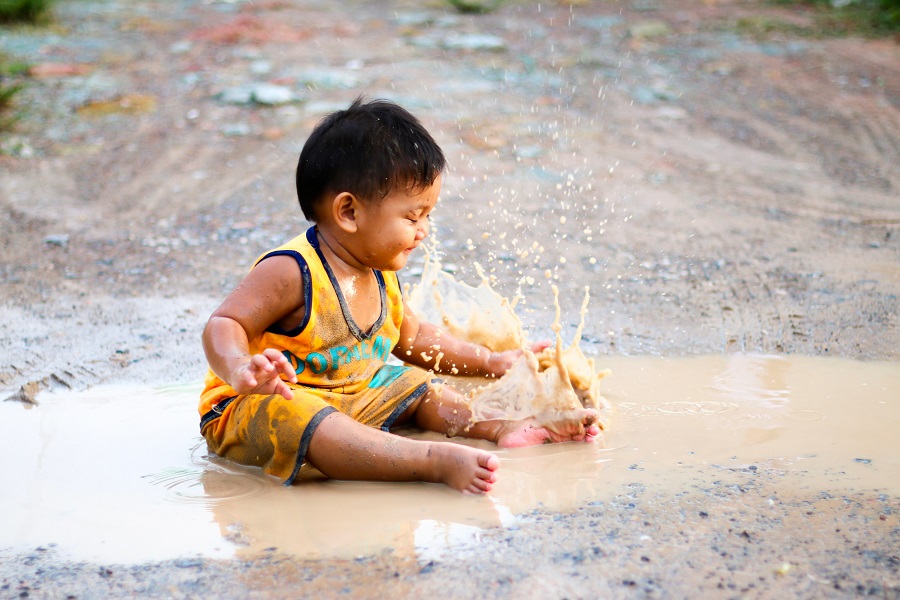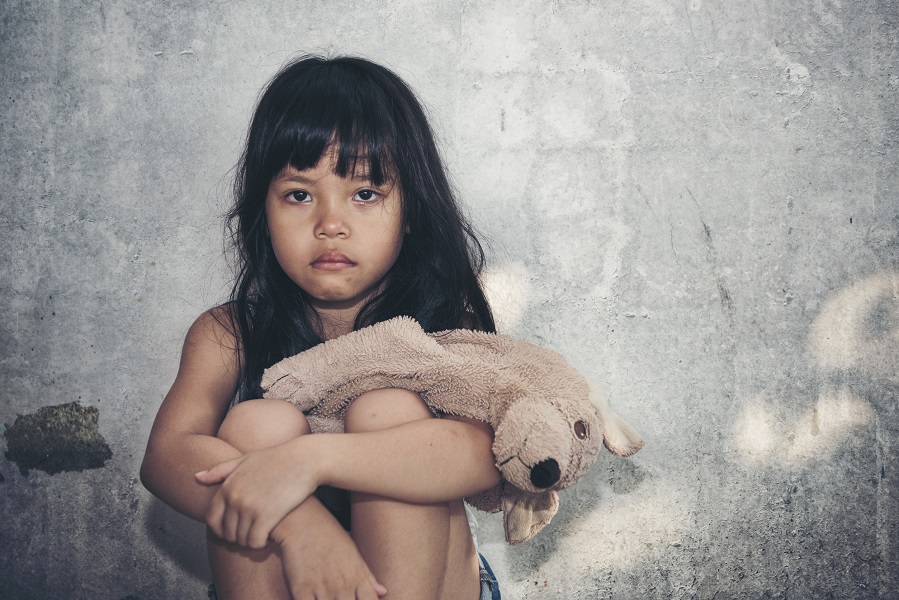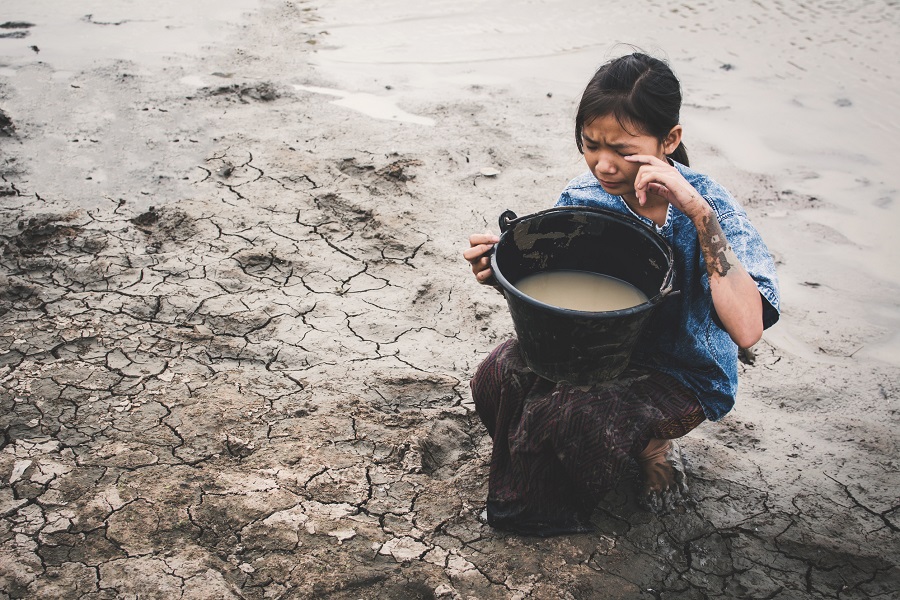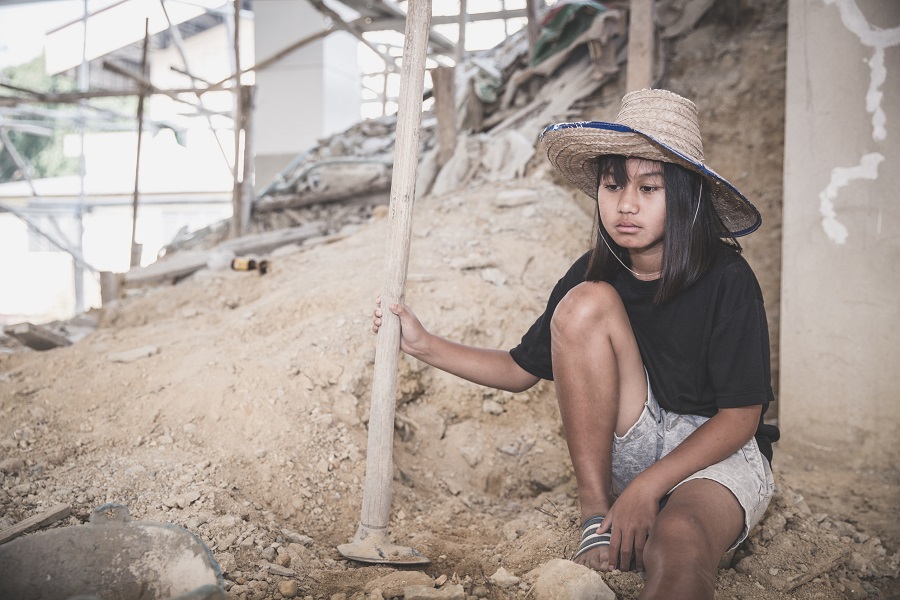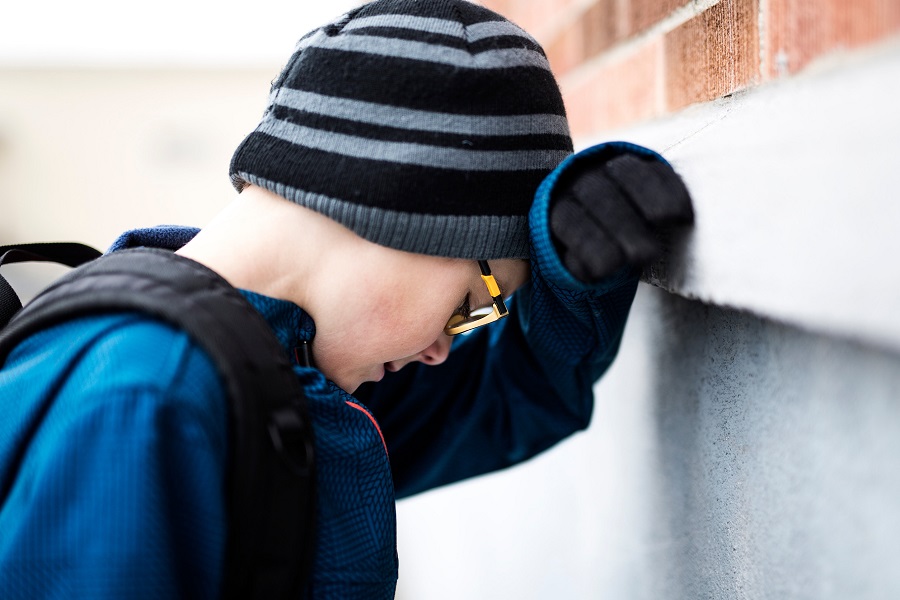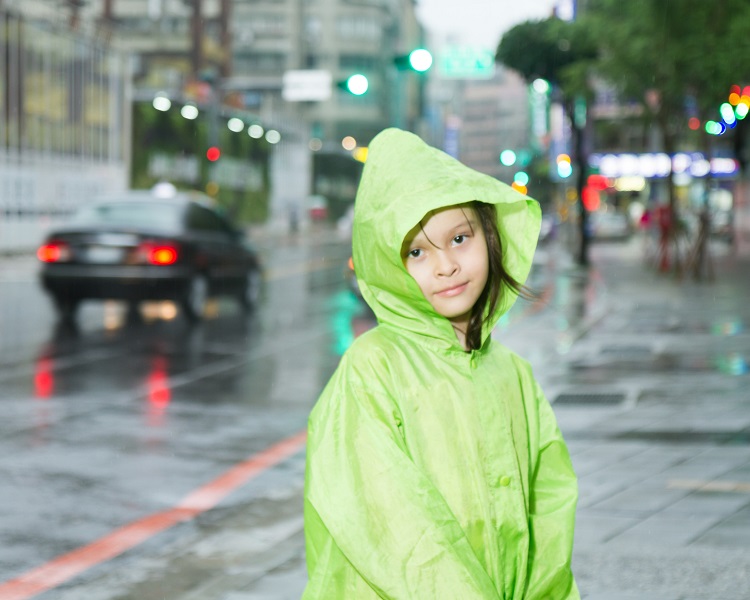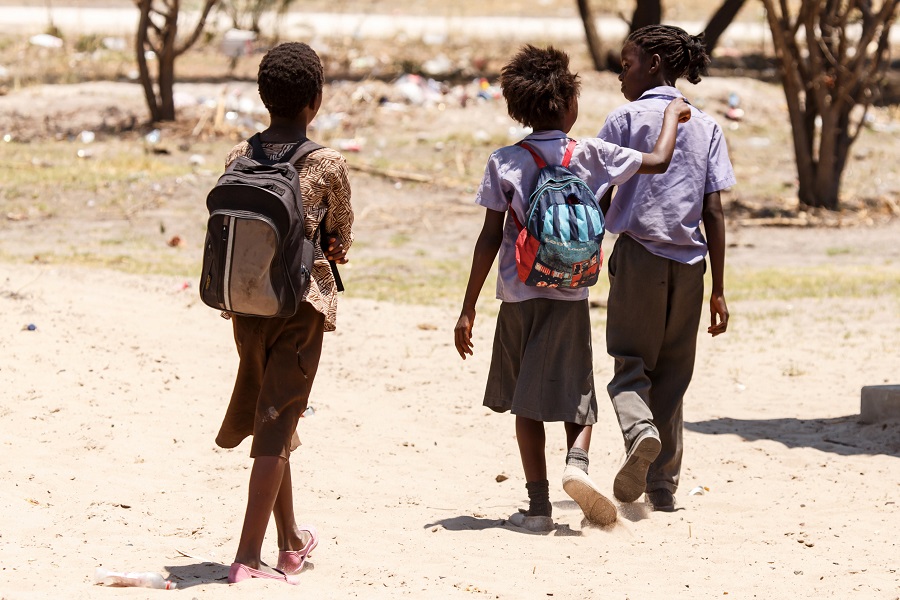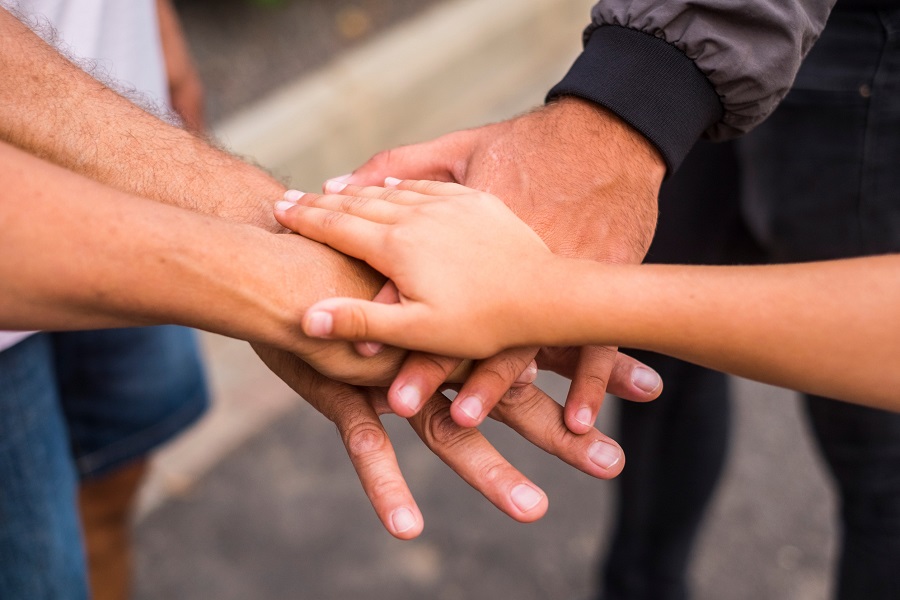 In today’s world, the divide between wealth and poverty is not just a topic of economic discussions but a visible reality affecting billions globally. Despite advancements in technology, healthcare, and education, the gap between the rich and the poor continues to widen, raising concerns about social stability, equitable access to resources, and the overall health of our global community. Here, we delve into 11 alarming statistics that shed light on the growing disparity between wealth and poverty, underscoring the urgent need for systemic changes.
In today’s world, the divide between wealth and poverty is not just a topic of economic discussions but a visible reality affecting billions globally. Despite advancements in technology, healthcare, and education, the gap between the rich and the poor continues to widen, raising concerns about social stability, equitable access to resources, and the overall health of our global community. Here, we delve into 11 alarming statistics that shed light on the growing disparity between wealth and poverty, underscoring the urgent need for systemic changes.
1. Global Wealth Concentration
 As of the latest reports, the wealthiest 1% of the world’s population now holds over 40% of the world’s wealth. This concentration of riches in the hands of a few highlights not just an economic imbalance but a staggering disparity in access to opportunities and resources.
As of the latest reports, the wealthiest 1% of the world’s population now holds over 40% of the world’s wealth. This concentration of riches in the hands of a few highlights not just an economic imbalance but a staggering disparity in access to opportunities and resources.
2. Living on Less Than $1.90 a Day
 Despite global efforts to reduce extreme poverty, an estimated 700 million people still live on less than $1.90 a day, the World Bank’s threshold for extreme poverty. This figure underscores the harsh reality of survival for many, in a world where wealth accumulation seems to know no bounds.
Despite global efforts to reduce extreme poverty, an estimated 700 million people still live on less than $1.90 a day, the World Bank’s threshold for extreme poverty. This figure underscores the harsh reality of survival for many, in a world where wealth accumulation seems to know no bounds.
3. Wealth Inequality Within Nations
 In many countries, the richest 10% earn up to 40 times more than the poorest 10%. Such disparities within nations not only fuel social and economic tensions but also hinder the overall development and wellbeing of societies.
In many countries, the richest 10% earn up to 40 times more than the poorest 10%. Such disparities within nations not only fuel social and economic tensions but also hinder the overall development and wellbeing of societies.
4. Child Poverty Rates
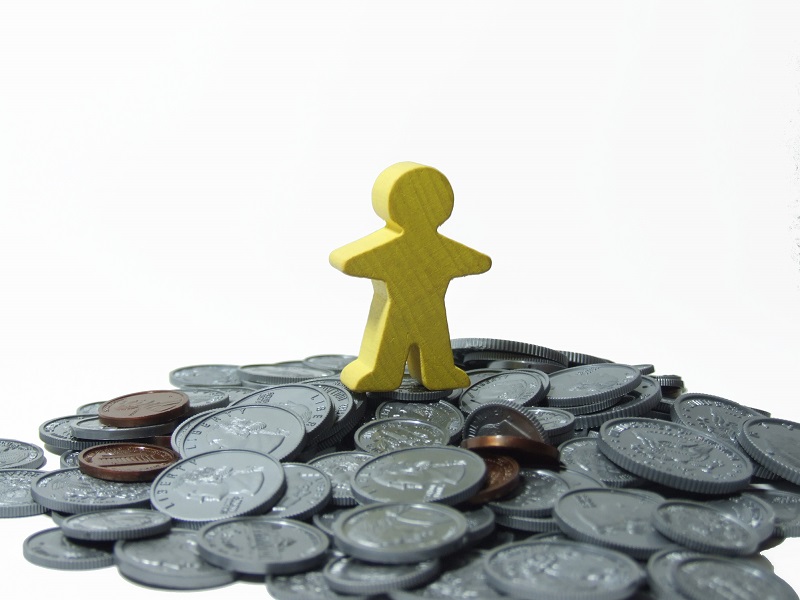 In some of the world’s wealthiest nations, child poverty rates exceed 20%. This alarming statistic points to a grim future where generations grow up facing the barriers of inadequate education, healthcare, and nutrition, perpetuating the cycle of poverty.
In some of the world’s wealthiest nations, child poverty rates exceed 20%. This alarming statistic points to a grim future where generations grow up facing the barriers of inadequate education, healthcare, and nutrition, perpetuating the cycle of poverty.
5. Billionaire Wealth During Global Crises
 Reports have highlighted that the world’s billionaires saw their wealth increase by over $1 trillion during the COVID-19 pandemic, a period marked by economic struggle for millions. This stark contrast exemplifies how global crises can exacerbate wealth disparities.
Reports have highlighted that the world’s billionaires saw their wealth increase by over $1 trillion during the COVID-19 pandemic, a period marked by economic struggle for millions. This stark contrast exemplifies how global crises can exacerbate wealth disparities.
6. Access to Education
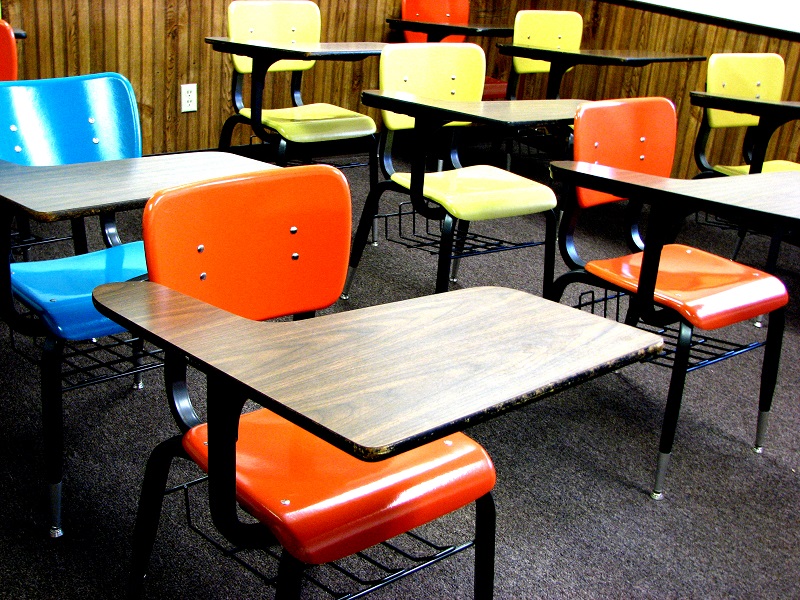 Over 260 million children worldwide do not attend school, with poverty being a leading barrier to education. Lack of education further limits economic opportunities, trapping families in a cycle of poverty.
Over 260 million children worldwide do not attend school, with poverty being a leading barrier to education. Lack of education further limits economic opportunities, trapping families in a cycle of poverty.
7. Healthcare Disparities
 In low-income countries, the probability of dying before age 5 can be up to 60 times higher than in high-income countries. Such disparities in healthcare access and quality are stark indicators of how wealth gaps translate into life-and-death consequences.
In low-income countries, the probability of dying before age 5 can be up to 60 times higher than in high-income countries. Such disparities in healthcare access and quality are stark indicators of how wealth gaps translate into life-and-death consequences.
8. Housing and Homelessness
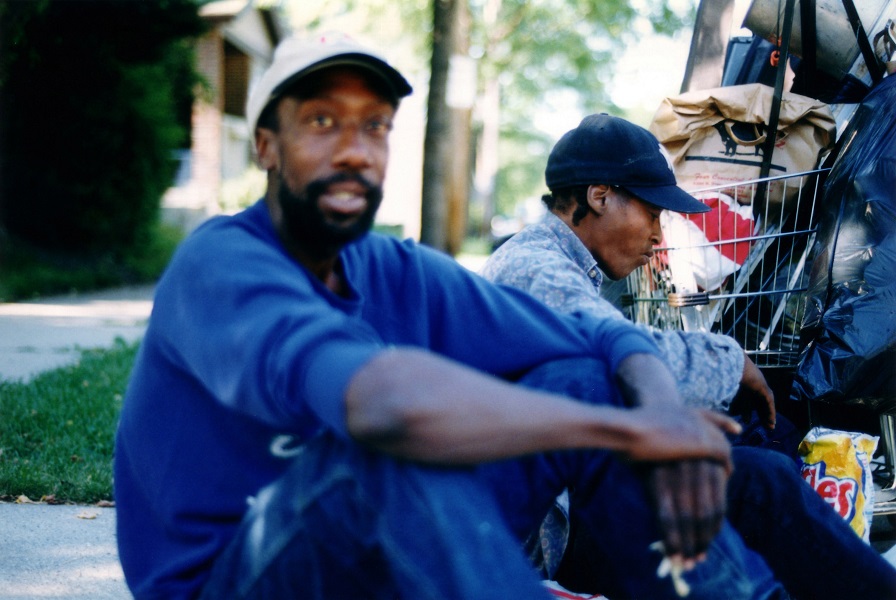 An estimated 150 million people globally are homeless, with over 1.6 billion lacking adequate housing. This statistic not only reflects the direct impact of economic disparity but also the fundamental right to shelter denied to many.
An estimated 150 million people globally are homeless, with over 1.6 billion lacking adequate housing. This statistic not only reflects the direct impact of economic disparity but also the fundamental right to shelter denied to many.
9. The Gender Wealth Gap
 Women, especially in developing countries, are disproportionately affected by poverty. They earn, on average, 60 to 75% of men’s wages, contributing to a gender wealth gap that hinders economic progress and equality.
Women, especially in developing countries, are disproportionately affected by poverty. They earn, on average, 60 to 75% of men’s wages, contributing to a gender wealth gap that hinders economic progress and equality.
10. Climate Change and Poverty
 Climate change disproportionately affects the world’s poorest, with over 100 million people at risk of falling into poverty by 2030 due to climate-related impacts. This highlights the intersection of environmental degradation and economic vulnerability.
Climate change disproportionately affects the world’s poorest, with over 100 million people at risk of falling into poverty by 2030 due to climate-related impacts. This highlights the intersection of environmental degradation and economic vulnerability.
11. Food Insecurity
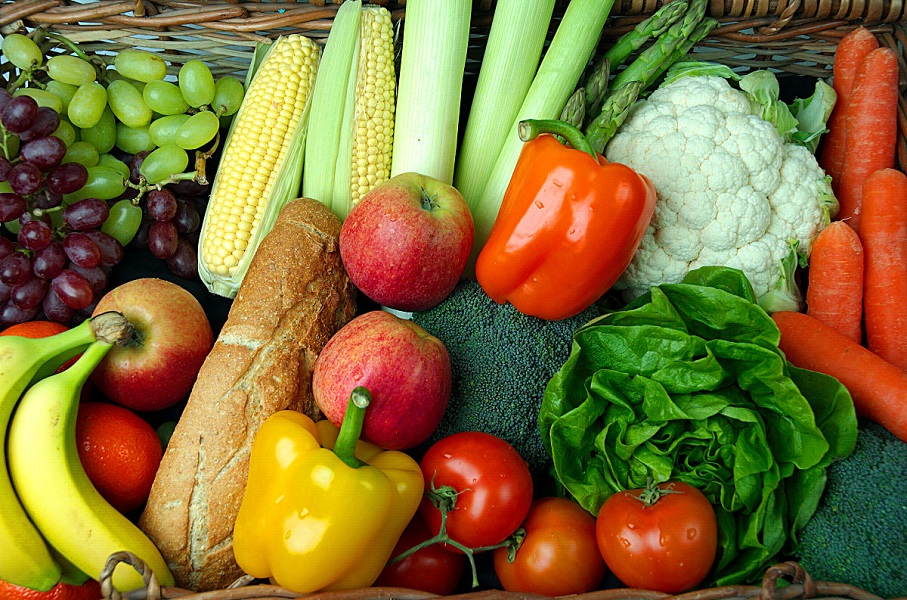 Nearly 690 million people, or 8.9% of the world’s population, suffer from chronic undernourishment. The stark contrast between food waste in affluent societies and hunger in impoverished communities underscores the ethical implications of wealth and poverty.
Nearly 690 million people, or 8.9% of the world’s population, suffer from chronic undernourishment. The stark contrast between food waste in affluent societies and hunger in impoverished communities underscores the ethical implications of wealth and poverty.
Bridging the Divide
 The statistics above paint a stark picture of a world where the wealth gap continues to widen, threatening the fabric of societies and the future of millions. Addressing this growing disparity requires a concerted effort from governments, businesses, and individuals to promote equitable policies, sustainable economic practices, and a renewed commitment to social justice. By working together to bridge the gap between wealth and poverty, we can pave the way for a more inclusive and prosperous future for all.
The statistics above paint a stark picture of a world where the wealth gap continues to widen, threatening the fabric of societies and the future of millions. Addressing this growing disparity requires a concerted effort from governments, businesses, and individuals to promote equitable policies, sustainable economic practices, and a renewed commitment to social justice. By working together to bridge the gap between wealth and poverty, we can pave the way for a more inclusive and prosperous future for all.

Toi Williams began her writing career in 2003 as a copywriter and editor and has authored hundreds of articles on numerous topics for a wide variety of companies. During her professional experience in the fields of Finance, Real Estate, and Law, she has obtained a broad understanding of these industries and brings this knowledge to her work as a writer.

